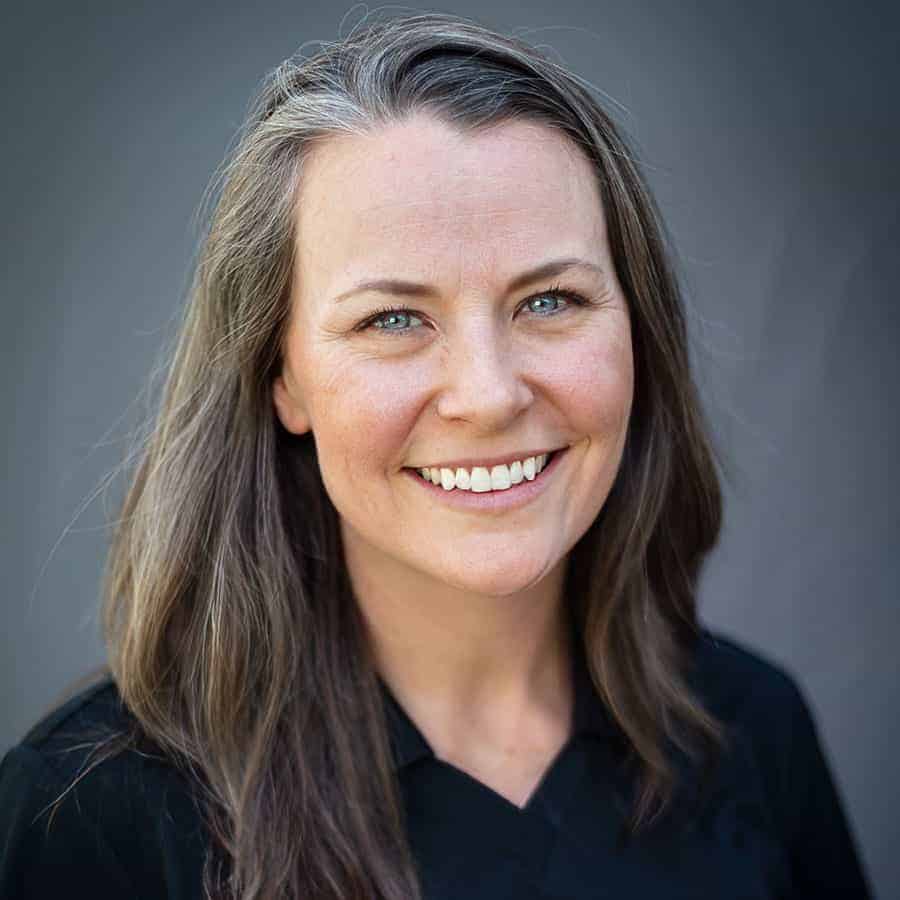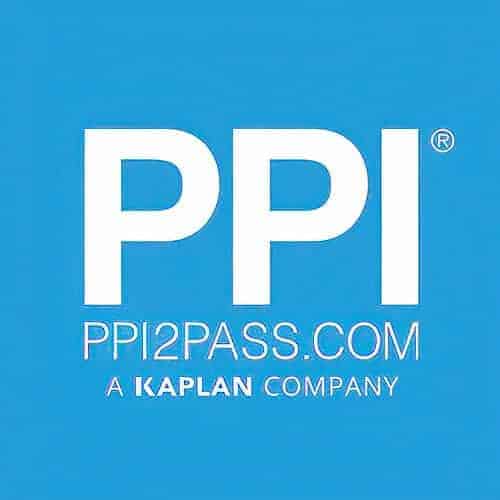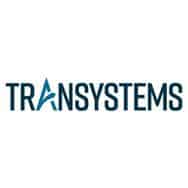In this episode, we talk with Alicia Trout, P.E., about how she transitioned from engineering to teaching, the importance of middle school engineering education, and how she keeps the lessons engaging and relevant. Alicia also talks about the challenges of teaching a diverse group of students and the need for more diversity in engineering, and emphasizes the importance of incorporating real-world engineering challenges into the curriculum.
Engineering Quotes:
Here Are Some of the Questions We Ask Alicia:
- Did you become a teacher without needing to get a teaching credential, even though it’s usually required for people in that profession?
- How do you make it easy for middle schoolers to understand concepts and learn new skills?
- How has it been teaching subjects like circuits and other types of engineering that weren’t originally part of your expertise?
- How do you go about sparking interest, aside from projects, and what specific strategies do you use to engage students?
- How do you integrate real-world engineering challenges into your lessons for the students?
- Do you engage in additional local outreach activities beyond teaching structural aspects and working with UC San Diego students to expose your students to various engineering fields?
- Can you describe what a typical engineering lesson is like?
- Is managing the pace of diverse learning speeds your primary challenge, or are there other significant challenges you face in teaching technical topics?
- Where do you think middle school engineering education is headed in the future?
- What advice would you give to those interested in pursuing a career in engineering education?
- Is the graduate school you mentioned earlier the phase that serves as a crucial part of professional change?
Here Are Some of the Key Points Discussed About Inspiring the Next Generation Through Middle School Engineering Education:
- High Tech High’s district intern program enables individuals to teach while obtaining a teaching credential, with an accredited program in the Graduate School of Education offering master’s and residency options. The unique feature allows students to concurrently pursue a teaching credential and a master’s degree. The process involves obtaining an emergency credential and transitioning into a fully clear credential in about a year.
- In middle school engineering class, the focus is on making learning fun and practical. Students take on projects like designing wearable cardboard shoes, delving into different engineering areas, and honing problem-solving skills. The hands-on approach includes computer programming and 3D modeling, making the class exciting and distinct from traditional subjects.
- At High Tech Middle North County, the teacher emphasizes project-based learning, covering subjects like coding and AutoCAD. They highlight creative problem-solving and encourage students to feel comfortable with not having all the answers. Students are motivated to explore independently, like a student who delved into circuitry at home after class, illustrating the impact of nurturing curiosity in the learning process.
- At High Tech Middle North County, the teacher focuses on project-based learning, covering subjects like coding and AutoCAD. They promote creative problem-solving and encourage students to feel comfortable with not having all the answers, making students more motivated to explore independently.
- At High Tech Middle North County, students participate in activities like 3D modeling and Lego robotics to explore math and science. The aim is to showcase that girls can excel in engineering. The focus also extends to understanding how engineers address significant challenges through the lens of diverse perspectives.
- In the sixth-grade class, real-world engineering challenges are tackled through activities like SimCity, where students manage city complexities independently. They also collaborate with UCSD’s structural engineering department, engaging with a shake table and learning from engineering students. These hands-on experiences immediately connect lessons to real-life challenges, creating a meaningful impact for the students.
- Efforts are ongoing to connect students with engineering fields through collaborations with UCSD and Simpson Strong-Tie, exploring brain health and cognitive function. The goal is to expand connections with companies like Simpson Strong-Tie, demonstrating real-world engineering and providing more opportunities for students.
- In engineering lessons spanning weeks, students explore practical tool applications, delve into the metric system, and learn scale through activities like creating orthographic views for Lego structures. Transitioning to 3D modeling with Tinkercad involves self-paced learning via video tutorials. Creative projects, such as crafting nightlights, intertwine creativity with technical skills while reinforcing the importance of sleep. The challenge lies in catering to diverse learning speeds within the class, a common aspect in our dynamic teaching environment.
- Handling the inclusive model at High Tech High, which mixes students with diverse needs in one setting, poses a significant challenge. Teaching math becomes intricate, requiring varied approaches, including videos, printed instructions, and verbal cues. Amid these challenges, there’s a rewarding aspect. Students who may face difficulties in traditional subjects often showcase exceptional strengths in unexpected areas like 3D modeling and programming.
- Educators enjoy the freedom to integrate STEM and STEAM education. They believe students must get a taste of tech early on, connecting the dots between subjects and finding what they love. The idea is to prep them for a future where tech skills are a must, so they’re not left in the dust in our increasingly tech-centered world.
- Getting a teaching credential doesn’t require going back to school for a traditional education degree. Instead, you can opt for a Career Technical Education (CTE) option, teaching in your specialty without a full educational program. It’s crucial to expose students to various subjects early on to encourage creativity and divergent thinking.
More Details in This Episode…
About the Guest: Alicia Trout, P.E.

As a teacher, her goals are to always find fun and provoke authentic design thinking. Some of her favorite school projects involve programming microcontrollers to create interactive Halloween decorations, 3D printing LED night lights, and using SimCity to learn about city planning and waste management. Another passion of Mrs. Trout is being an active FIRST LEGO League robotics coach. At home in San Marcos, Mrs. Trout and her husband have a modern-day Brady Bunch with her two sons, his two daughters, and a potato-shaped dog named Arya. Some of her favorite things are spending time with her family and friends, traveling, eating delicious food, building with LEGOs, Jazzercise, walking Arya, singing karaoke, dancing, going to Disneyland, reading, and enjoying all of the amazing sights and activities the beautiful county of San Diego has to offer.
About the Host: Rachel Holland, P.E.

Sources/References:
High Tech Middle North County
Craigslist
Graduate School of Education at High Tech High
Cal Poly
UC Irvine
AutoCAD
Lego Robotics
SimCity
UCSD Seismic Outreach Program
Simpson Strong-Tie
Qualcomm
JavaScript Programming
Autodesk
Tinkercad
Connect with Alicia Trout. P.E., on LinkedIn
This Episode Is Brought to You by PPI

Please leave your comments or questions in the section below on inspiring the next generation through middle school engineering education.













